HR Economics: Analyzing Efficiency Wages and Labor Supply in Australia
VerifiedAdded on 2023/06/03
|5
|1031
|334
Essay
AI Summary
This essay delves into the relationship between higher wages and increased efficiency, focusing on the agricultural sector. It examines the efficiency wage theory, which posits that firms achieve greater efficiency when wages exceed the equilibrium level, aiming to avoid shirking, minimize turnover, and boost employee effort. The essay also explores the backward bending supply curve, analyzing how rising wages can lead to a decrease in labor supply. The study further reviews cyclical fluctuations, wage differentials, and the reasons behind providing efficiency wages, such as minimizing turnover and encouraging high morale. Empirical evidence from the sales representative salaries at McDonald's and KFC in Australia is used to support these concepts, with suggestions for incentives and pay-for-performance strategies to motivate workers. The conclusion reinforces the importance of paying wages above the industry's efficiency level to avoid shirking and reduce turnover, while acknowledging the potential for a backward bending labor supply curve when wages become excessively high. The essay uses relevant literature to support its claims.
1 out of 5
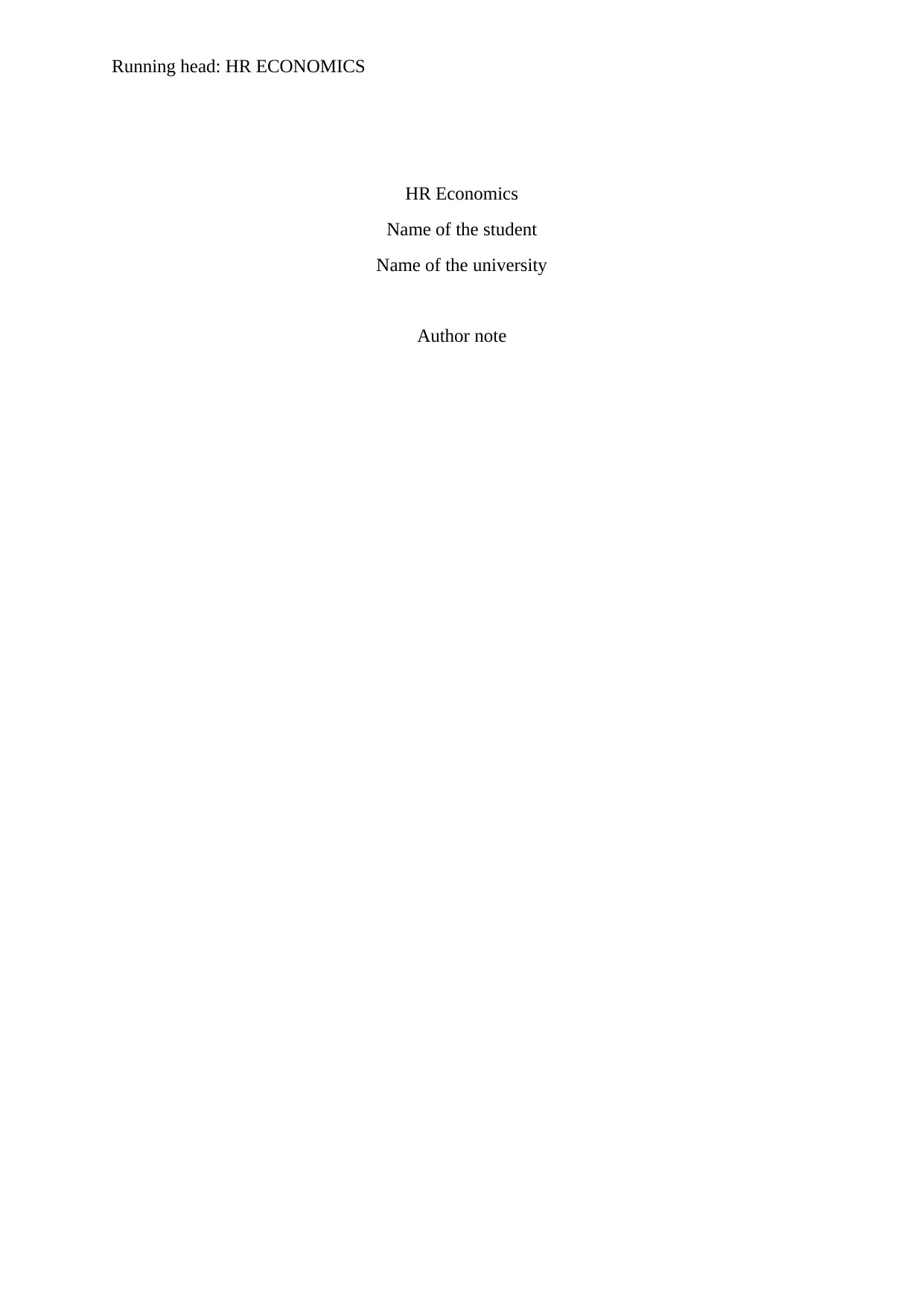
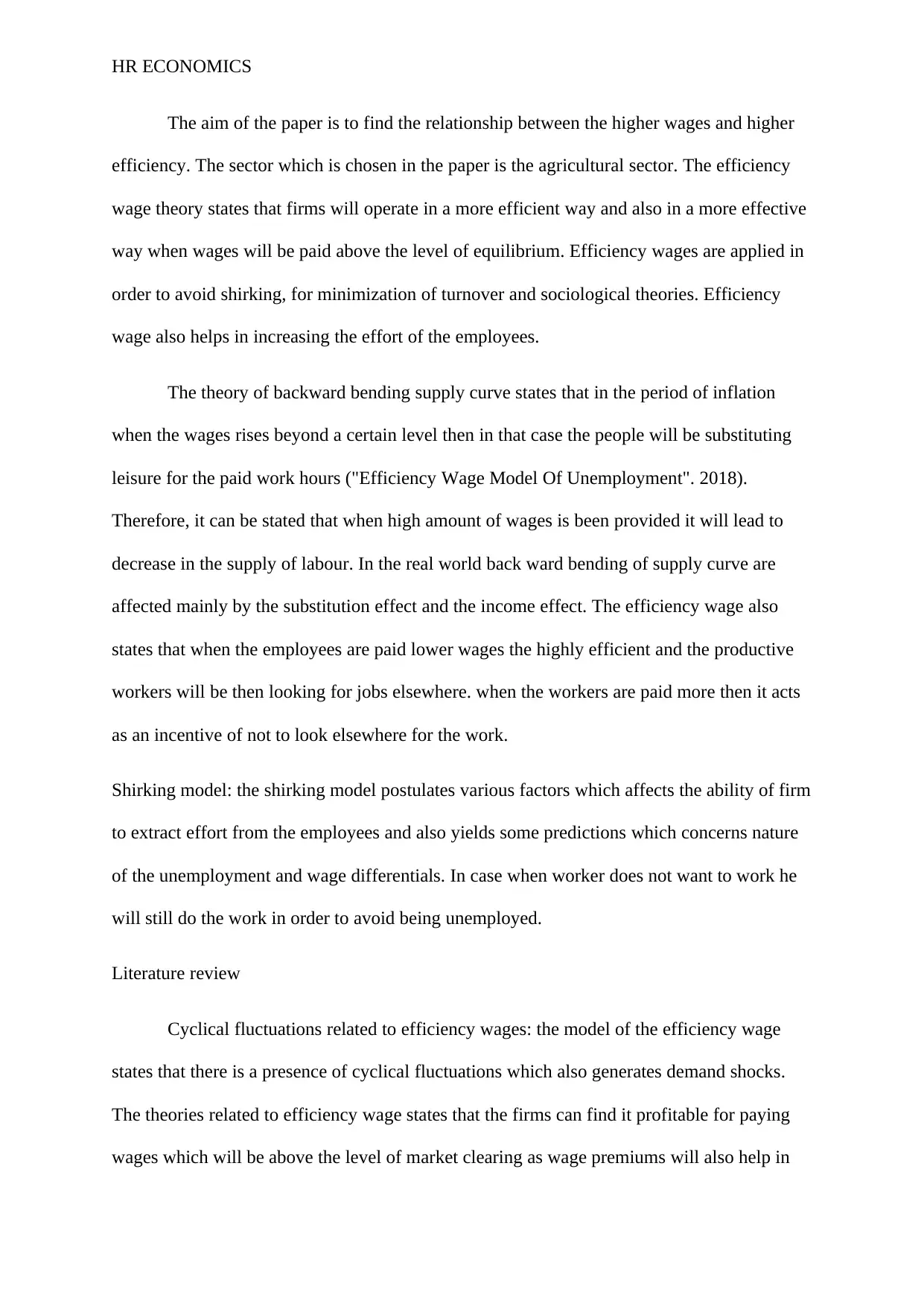
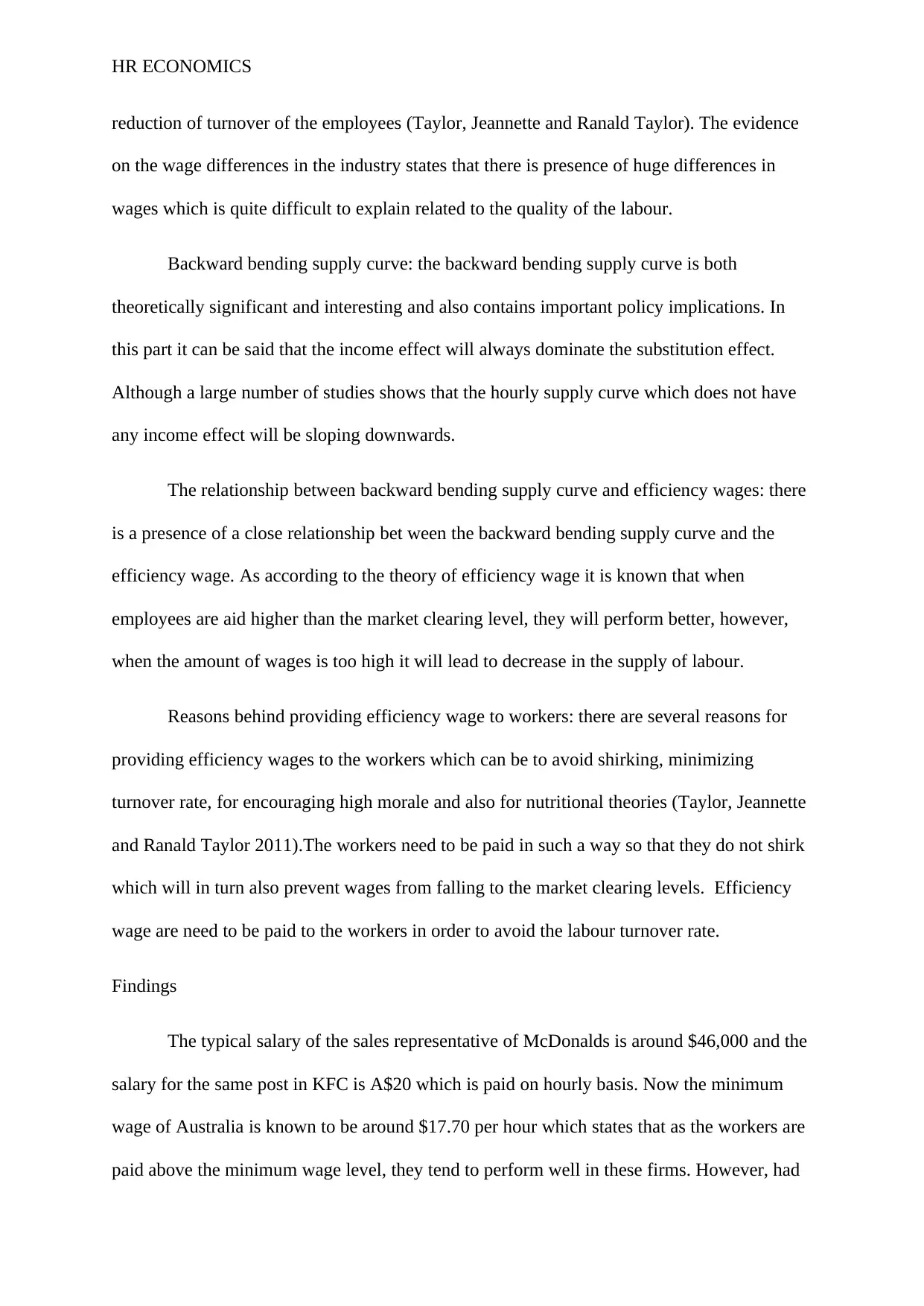

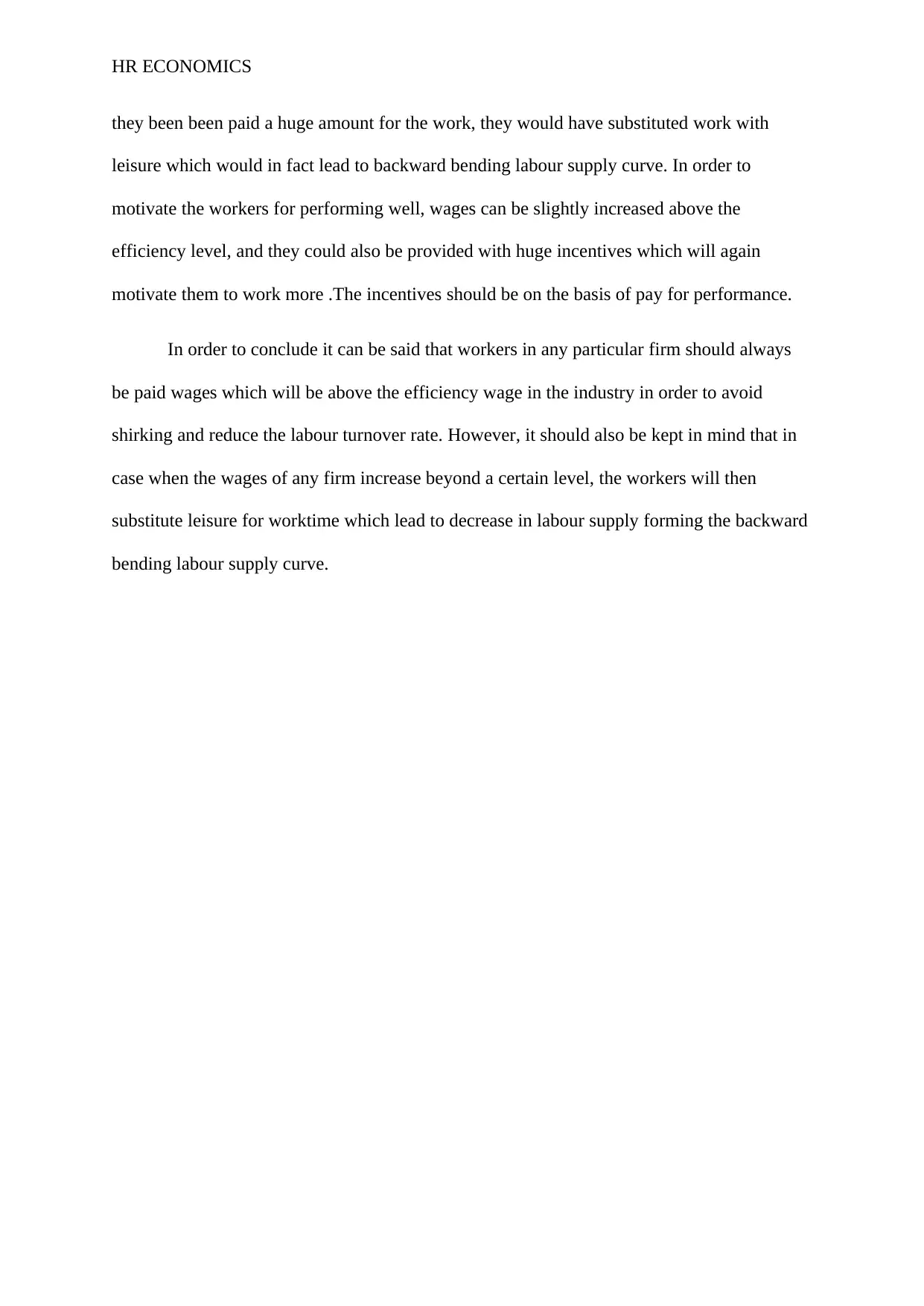
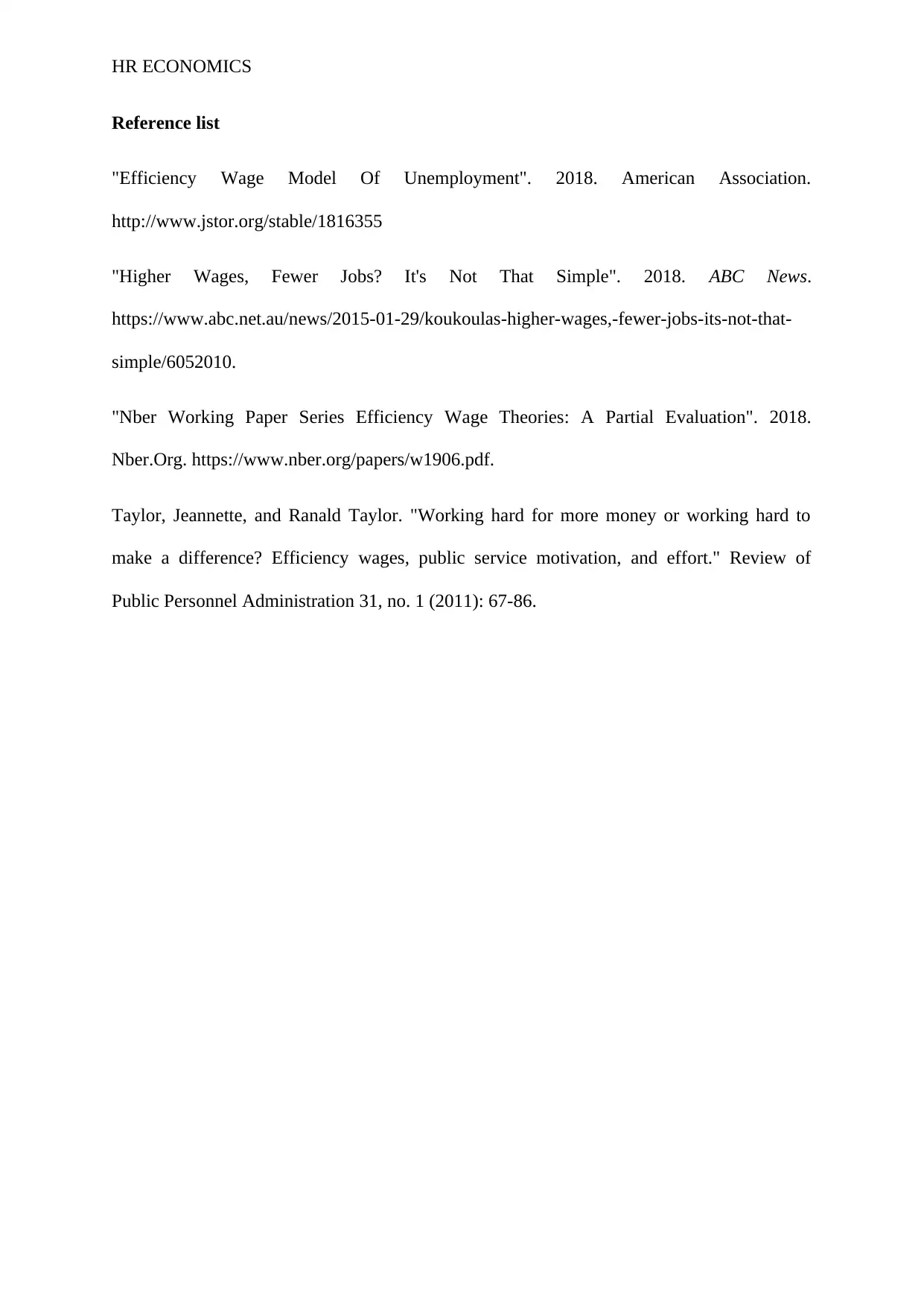






![[object Object]](/_next/static/media/star-bottom.7253800d.svg)